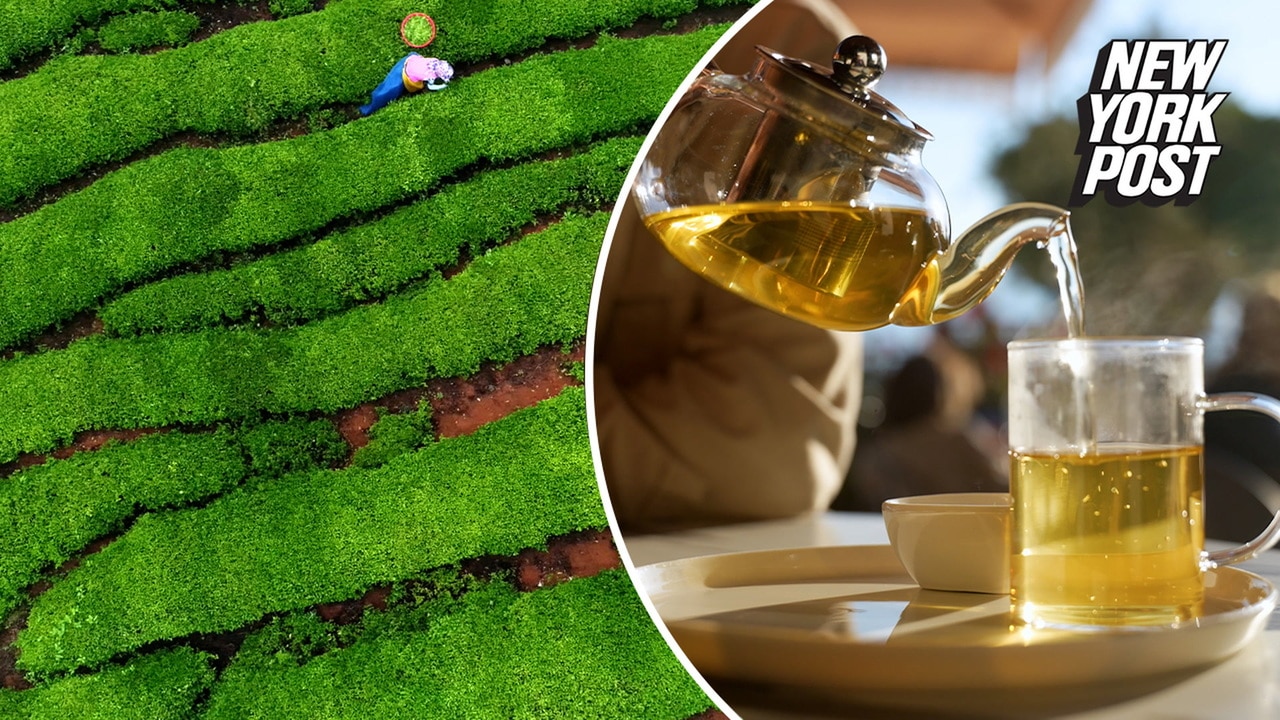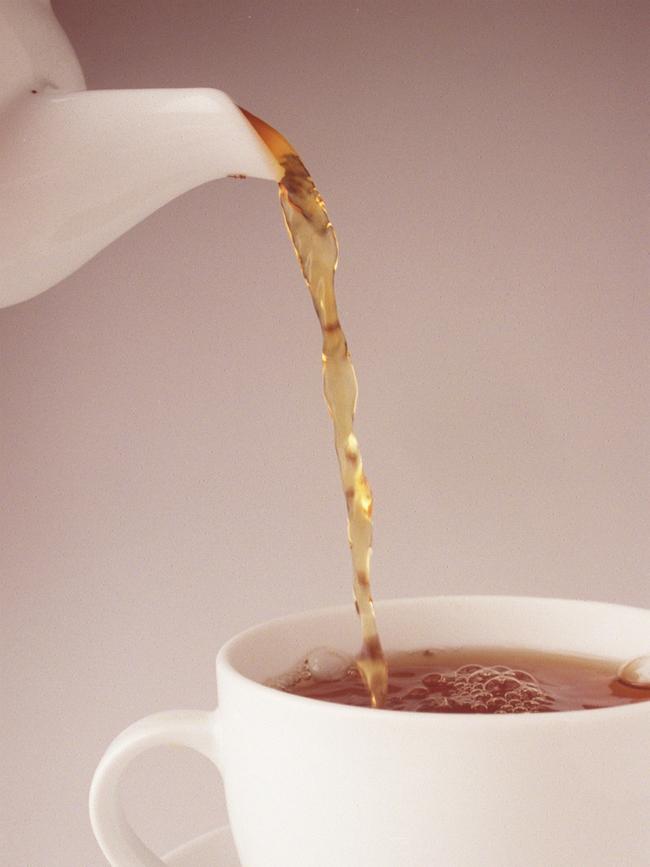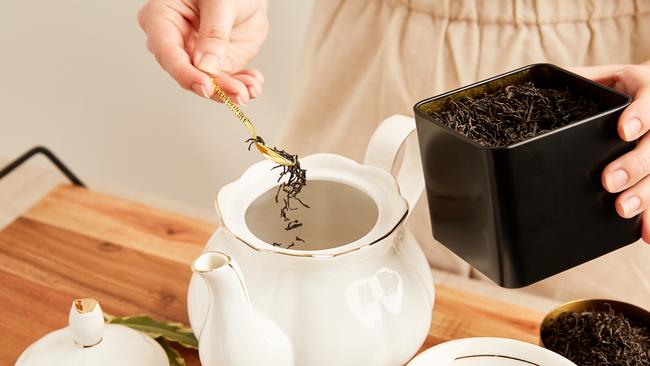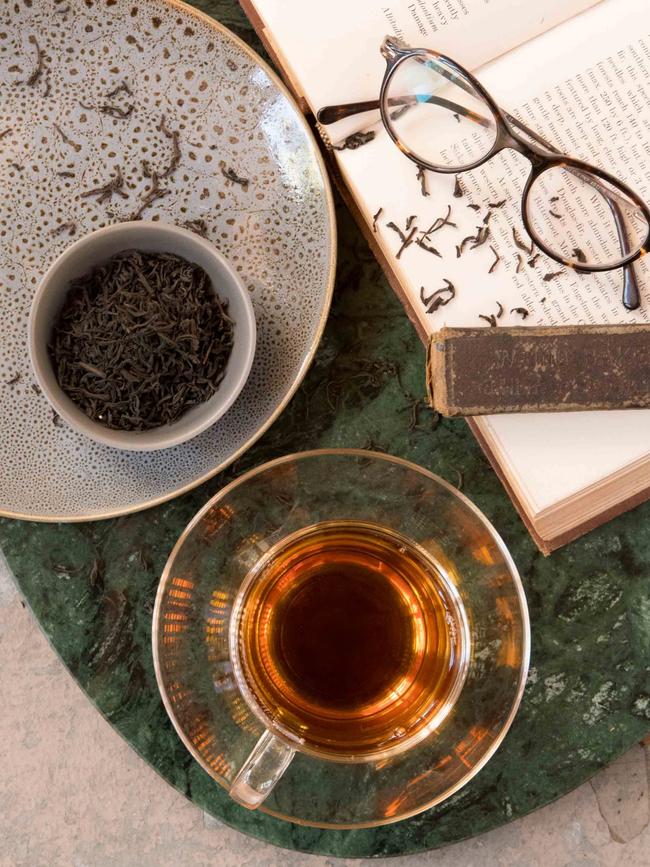Australian tea prices rising due to war and climate change
Tea-drinking Aussies may be shocked why they’re paying so much for the beverage, but there’s a way to make sure you get a great brew for a fair price.

Drinks
Don't miss out on the headlines from Drinks. Followed categories will be added to My News.
Australians are paying more than ever for a warm brew, as coffee and tea have experienced high import prices driven by climate change and political instability.
The number of tea drinkers in Australia has been increasing in recent years, as the world’s most popular beverage after water is now consumed weekly by over half of Australians.
The beverage can be a cheaper alternative to coffee, especially as Australians are hit hard by a cost of living crisis.
Despite a tea bag or loose leaf tea being cheaper to make at home than coffee, many cafes charge similar prices for the two brews.
While these prices can reflect overhead costs for businesses, there are growing economic pressures driving up the cost of tea.
Australia imports most of its tea, which has experienced a 10.5 per cent increase in import prices in the past year along with coffee and cocoa.


RMIT professor of logistics and supply chain management Vinh Thai said Australia is vulnerable to changes in import prices because our domestic tea production “is not nearly enough for the demand”.
“The fact is we have to import the majority from overseas, mainly from countries like India, Sri Lanka, Vietnam and Indonesia,” Dr Thai explained.
Australian tea production on a large scale isn’t economically viable due to comparably high labour costs meaning we use machinery rather than hand picking and processing tea leaves as in much of southeast Asia.

“And in the past two years or so we have seen the impact of climate change. Vietnam, for example, has been experiencing some heatwaves which then lead to drought and lack of water,” Dr Thai said.
Besides climate pressures, high import prices of tea are also being driven by war and political instability.
The growth of tea leaves on an industrial level requires fertiliser, the prices of which have been significantly driven up by Russia’s invasion of Ukraine.
Russia and Ukraine are some of the world’s largest fertiliser producers and exporters.
The ongoing impacts of conflict in Ukraine alongside trade sanctions on Russia have therefore reduced supply in the global market, driving up import prices for tea producers around the world.

Conflict in the middle east has also impacted safe passage of container ships through the Red Sea, which has flowed on as a global disruptions increase the cost to transport containers by sea.
Despite higher prices, Australians are still willing to spend more for a quality and premium product.
“Australians are shifting to tea because it can be an alternative to coffee due to higher prices and for health reasons — less caffeine and higher antioxidants — which is good for those who are health conscious,” Dr Thai said.


Tea expert Caitlyn Pollard of specialty retailer The Tea Centre said Aussies “want more choice, more flavour and a better overall tea drinking experience,” and are willing to pay more to get it.
“Australians have an appreciation for high quality food and beverages,” and are seeking “more than a generic black tea,” Ms Pollard said.
“The highest quality teas consist of unbroken leaves, which brew a more refined and aromatic cup.”
“Single-origin or single-estate teas are prized because they are produced in some of the most highly-regarded tea growing parts of the world,” she said,
When purchasing a cup of tea in a cafe, there are ways for Aussies to ensure they’re getting the best brew for their buck.
“If tea bags are used in a cafe, seek out tea bags that are made from Soilon, which is an innovative plant-based tea bag material,” Ms Pollard said.
“Look out for cafes that offer loose leaf teas served in teapots, have a decent selection of varieties to select from and that the tea has been brewed correctly.”
Originally published as Australian tea prices rising due to war and climate change





